What Makes an Ad Successful?
With over 30 years of experience in the industry, John Adams shares what it takes to make a great Super Bowl advertisement
/https://tf-cmsv2-smithsonianmag-media.s3.amazonaws.com/filer/Super-Bowl-ads-GEICO-Cavemen-631.jpg)
The Martin Agency, based in Richmond, Virginia, has a knack for creating memorable ad campaigns. In the late 1960s, the group coined the now-famous tourism slogan, “Virginia is for lovers.” More recently, the ad shop has created the Geico gecko, Freecreditreport.com’s catchy jingles about the repercussions of not knowing your credit score and “Peggy,” the worthless (and despite the name, male) customer service agent of its Discover Card commercials.
In advance of the 2012 Super Bowl on February 5, and the inevitable buzz over its commercials, I spoke with the agency’s chairman and chief executive officer, John Adams. An adviser to the National Museum of American History’s “American Enterprise” exhibition, slated to open in 2015, Adams reflects on past Super Bowl ads and his agency’s creative process, now and into the future.
When it comes to the Super Bowl, many people anticipate the commercials more than the actual game. I imagine you watch with particular scrutiny. What is it like watching the Super Bowl with you?
We will occasionally invite people from the company to come to a Super Bowl watching party. It really is funny because all of the conversation goes on during the game and then everyone gets quiet during the commercial breaks.
The Super Bowl is a unique venue. I think the entertainment value, the distinctiveness, the breakthrough value of the commercials is dialed up a lot. USA Today comes out the day after the Super Bowl and ranks the commercials. There is a lot of editorial comment about the commercials. It is just different from doing a regular television commercial. There is a good side to that, which is that the commercials tend to be quite entertaining, and then there is a downside, which is that for so many advertisers the entertainment value can sometimes outpace the practical value.
This year, the price for 30 seconds is reportedly about $3.5 million. Is it worth it?
In general, I would say, yes, it is a good deal—if you look at the cost per 1,000 people reached. Last year, the Super Bowl set a new record for viewership. It was almost 163 million people.
Now, having said that, we have to put the specific cost of that one television opportunity within the context of the budget of a brand. So, if that cost is 5 percent of your budget, then that is a pretty good buy, because you are not putting too many chips on this one commercial. If however, it is 30 percent of your budget, then that is a big bet. During the dotcom boom, there were some Internet companies that almost bet the farm on a single Super Bowl exposure. In one or two cases, it worked. In most cases, it did not, because it wasn’t enough to really launch a company and to develop fascination with a new idea.
Last year, the Martin Agency created a 30-second pre-game spot for Living Social. How long did the agency have to make it? And can you take us through the process?
Looking back on it, it is hard to imagine. We had 18 days to put that together. When we began working for Living Social and the timing of their thought process and decision making about whether to run in the Super Bowl resulted in an outrageously compressed time frame. It was completely and utterly atypical for any commercial, let alone a Super Bowl commercial. The time that one typically is looking at for the development, approval and production of a television commercial is somewhere between 7 weeks to 10 or 11 weeks.
But, we went through the typical process. A message goal is set for the commercial, and that is done in collaboration with a client. Very often these days the goal is “I want to be more noticed. I want to be ranked highly in the polls. I want to be one that people talk about.” Once the goal is established, then a communications strategy is established. In order to achieve that goal, to whom do we need to direct the commercial? What target audience? Of course, the Super Bowl audience is so huge that it encompasses just about any target audience. And within that target audience, what is the behavior or attitude change that we want to make for the individual?
From there, a writer and an art director are charged with coming up with a creative idea that is responsive to that strategy and that is compelling and that has a style and tone that is reflective of the personality of the brand being advertised. That idea has to be inextricably connected to a particular brand. We have all had the experience of recounting a television commercial that we liked, but we can’t remember who it was for. That is a failure. Once the idea is submitted and approved, then production begins. The stages in production are casting, location scouting, filming, editing, voice over and all the things that go into that.
One thing that a good Super Bowl commercial can do, I realize, is recast a brand’s image. Is there a commercial that comes to mind that best accomplished this?
I think there are two. One is the commercial titled “1984,” which was done for Apple computer in the Super Bowl that year. All the things that are suggested by that commercial had a dramatic impact on the emerging view of Apple. It was less a question of changing and it was more a question of pronouncing and demonstrating an attitude or ethos of that company. This is a computer that is for people who aren’t going to just march along with the crowd.
One that was done last year did a very good job at introducing a new view of an old brand that we all know, and that is the Chrysler brand. It was all about the notion that this car emerged from an amazing, iconic, authentic American place called Detroit. The phrase that was used at the end of the commercial was “Imported from Detroit.” It sought to completely reframe our view of Detroit, which in the view of so many people is a wasteland and a city that is just so deeply troubled, and in doing so, reframed our view of Chrysler. I remember being struck by it and have continued to be struck by it as I see that advertising unfold.
What is your favorite Super Bowl ad of all time?
My personal favorite is a simple, little commercial. It ran in a Super Bowl several years ago, and it was for this wonderful product called Tabasco sauce. You have an archetypical Southern guy sitting on the porch of his very modest house in the evening, and he is eating something, a slice of pizza. He reaches over, picks up the Tabasco sauce and just kind of douses his pizza in the sauce, and takes a bite. At this moment, we conclude that his little house is somewhere in the Louisiana bayou or something. We see in very close-up form, undoubtedly computer assisted, a little mosquito land on his arm. We see it in almost microscopic detail, and the mosquito proceeds to bite the guy. You actually hear a little slurping sound by the mosquito, which sounds gross but it was very entertaining. The mosquito then takes off. We are now at the point of view of the man who is watching the little mosquito fly away. The mosquito gets about ten feet off of the porch and explodes.
It was a bone simple and very entertaining way to say this stuff is really hot. I thought it was so simple, so direct and so unmistakable in its communication. You couldn’t miss the point. And, it was rendered in a way that just had a lot of craft to it. It is a strange little commercial, but I love it.
In your opinion, what are the key components to a successful ad?
The ability to attract positive attention—that’s key—and to communicate clearly an interesting idea about a product or service. We are selling the products and services of clients, but if you look at it through the other end of the lens, what are we doing for consumers? Are we just annoying them, or are we doing something useful? I think what we are doing is introducing people to potentially better choices in their lives.
For Geico, the agency has taken a multipronged approach, with ads featuring the gecko, cavemen, Kash and the rhetorical questions guy.
Yeah, that has been an interesting journey to get to that place. When you look at that from the standpoint of a marketer who is classically trained in marketing, you say, “That is absolute heresy. That is crazy to do that, to have three or four different campaigns not to mention the fact that often two or more of these campaigns are running at the same time.” We all learned that you take one selling idea and you hammer it over and over again, otherwise people won’t get it. If you have more than one message in the market about your brand, people will become confused about what you stand for.
As we worked with Geico over the last 17 years, we have looked at a lot of things, including cultural phenomena. We began to observe the way entertainment is being developed and consumed today, and it is changing. One simple example: the crime drama. Back in the ‘50s and ‘60s, “Dragnet” had a little opening gambit between Jack Webb (who played Sergeant Joe Friday) and his colleague, and then there would be a single crime that took place and was solved in the course of that 30-minute episode. You flash-forward to the seminal crime drama of the last decade, and you have “The Sopranos.” Well, “The Sopranos” has multiple stories going on at the same time. You have Tony Soprano’s story and you have Carmela’s story and you have Uncle Junior’s story. You might not see any development in a particular story line during one episode, and then the next episode somebody will look at somebody in a funny way and you will realize, oh yes, that goes back to that incident two episodes ago. It is a similar phenomenon with the series “24” and with the program “Lost.”
We are being barraged. We have CNN on TV, with two separate crawls going across the bottom of the screen. We have multiple things going on at the same time on our computer screens. We have advertising popping up. We began to notice this, and we began to experiment with it. What we have discovered is that, sure enough, people are not confused. People are fascinated. We have the great advantage that some people respond to the cavemen. They think the cavemen are hilarious. Other people think it’s stupid, but they like the gecko.
From your seat, what ad has been the biggest game changer for the industry?
I don’t think there is a single ad. The entire digital experience of advertising is the game changer of the last half-century. For so many decades, advertising has been the process of presentation. We have a product, we decide what the product should stand for, how it will appeal to its target audience, and we present the product that way in advertising. One-way communication: presentation. Now, of course, we are not the only people who define the way a brand is perceived. We have bloggers. We have Twitter. We have Facebook. We have YouTube, where people do parodies of television commercials. We are in the business of starting a conversation and then participating in the conversation. We now have to understand and embrace the fact that we and our clients are not the only creators of our brand’s stories. Our consumers, people out there in the world, are co-creators, because their response to our advertising might be seen by as many people as the advertising.
We will build a foundation. Then, our consumers will put in some bricks. If we are smart, we will respond not only to our own view of the brand’s story but also to the consumers’ view. And so we have come to use a term here that underscores the point. We talk about the change from storytelling to story building. We and our consumers are building stories.
/https://tf-cmsv2-smithsonianmag-media.s3.amazonaws.com/accounts/headshot/megan.png)
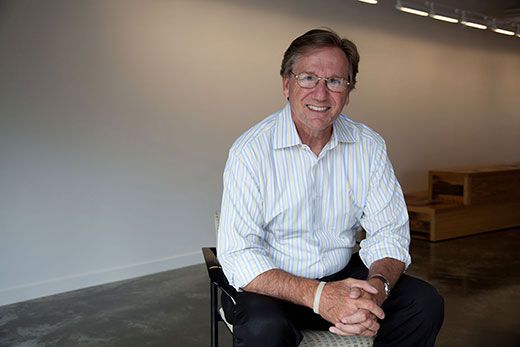
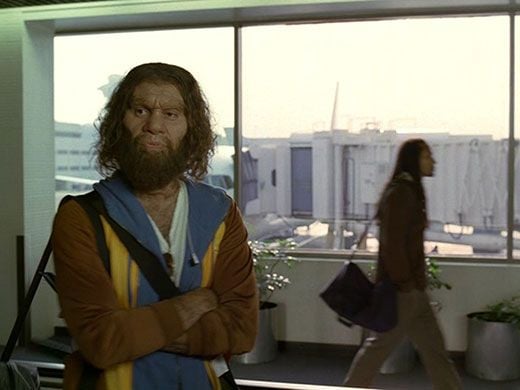
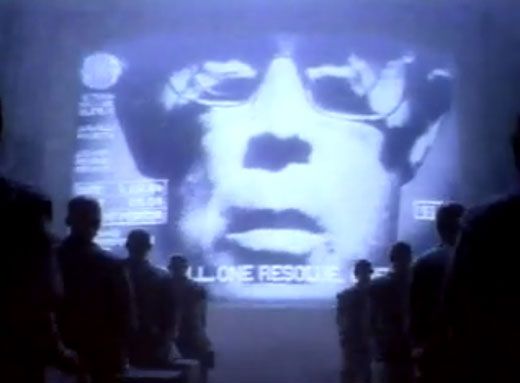
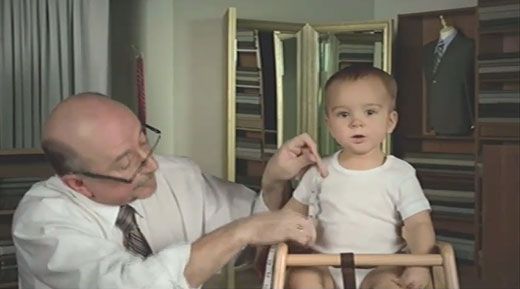
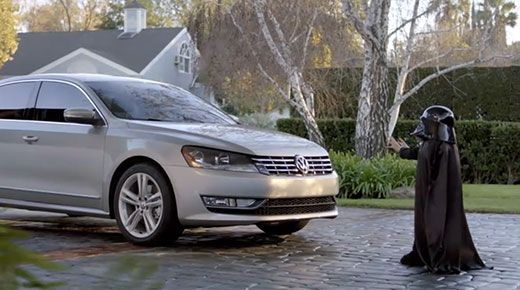
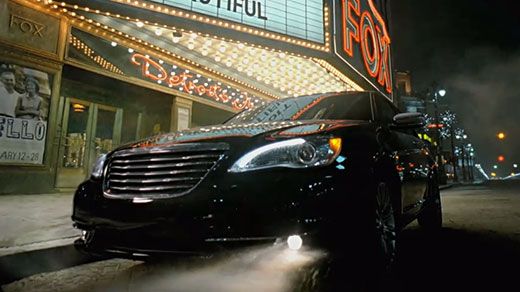
/https://tf-cmsv2-smithsonianmag-media.s3.amazonaws.com/accounts/headshot/megan.png)